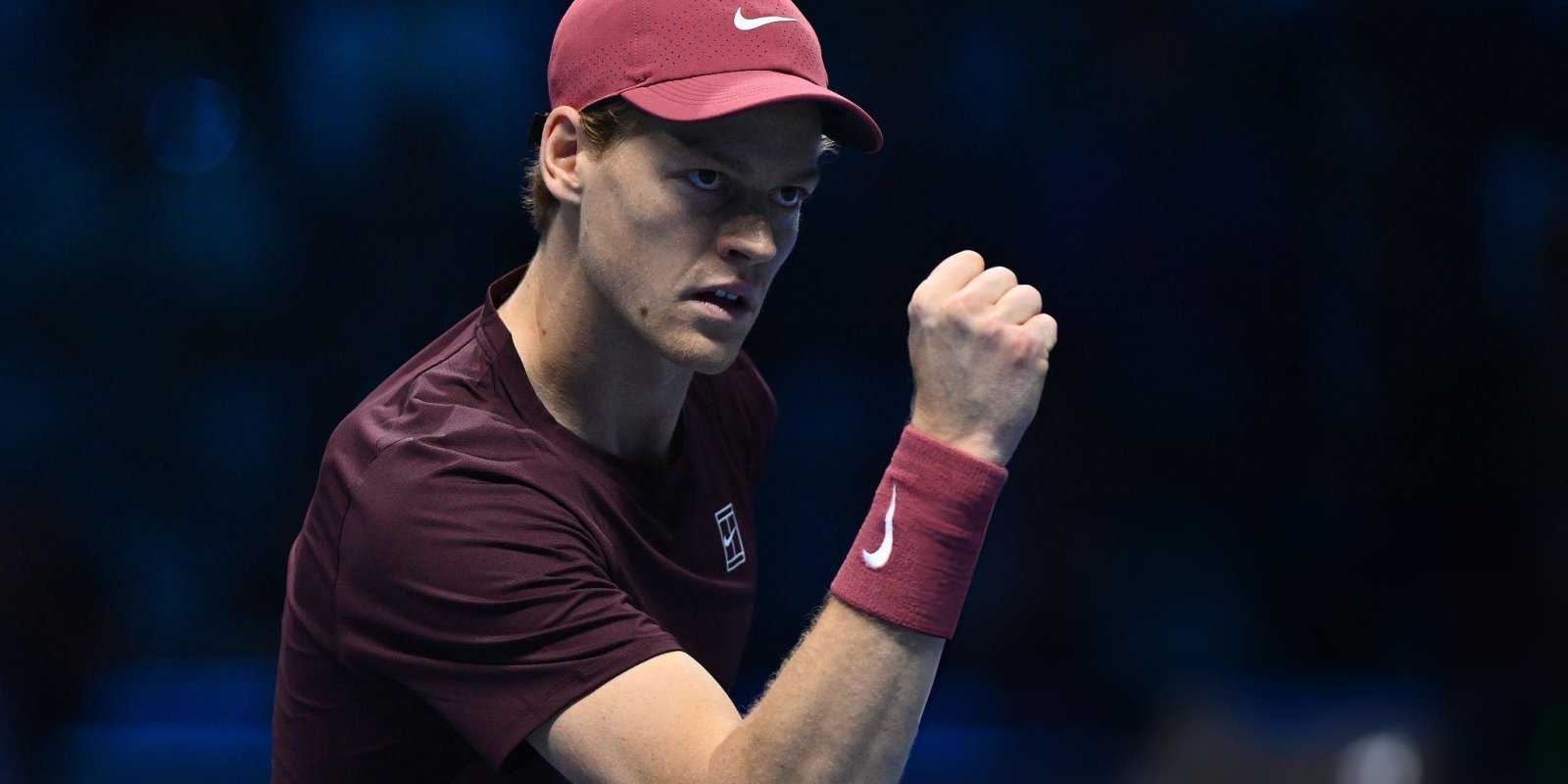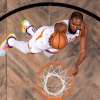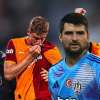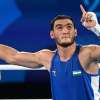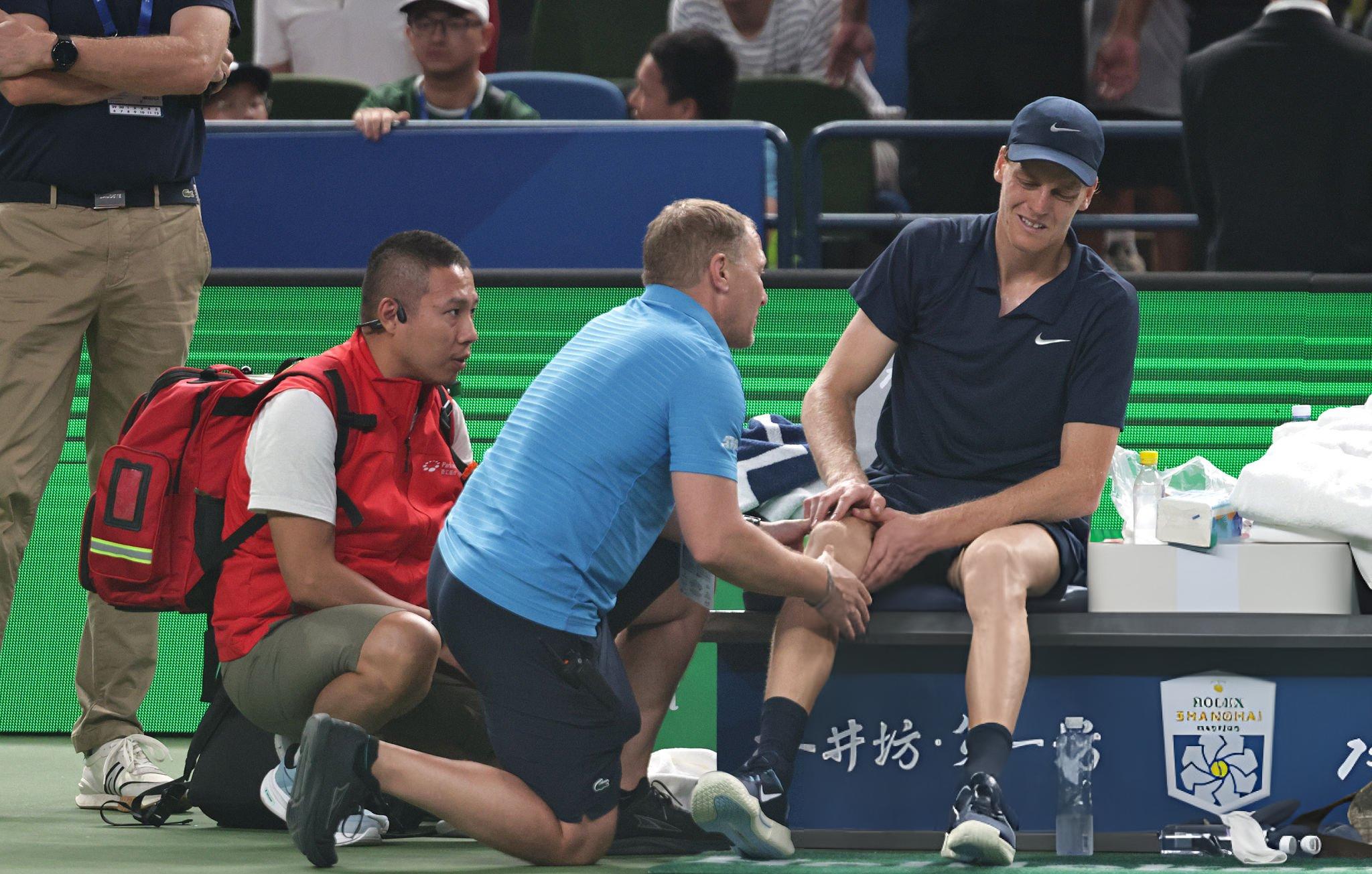
Scorching, humid Shanghai turned the Masters into a survival test. The slow hard court doesn't yield easy aces, rallies stretch to exhaustion, and stamina decides more often than sheer talent. In such a furnace even iron physiques crack — the defending champion Jannik Sinner felt it first-hand.
Heat, Humidity, and a Slow Court: Why It's Hard for Everyone
Local conditions — a mix of stifling air and a draggy surface — make the game sticky. The dense, rebound-damping “rubber” eats up the ball’s pace, clean winners are hard to come by, and every game turns into a mini-marathon with a higher cost of error. It’s no surprise the tournament started “pulling” players from day one: Terence Atmane retired mid-match and later admitted he felt so bad he was losing his bearings and couldn’t explain his condition to the physio.
A Marathon Against Griekspoor: Tie-Break to Jannik, Response from Tallon
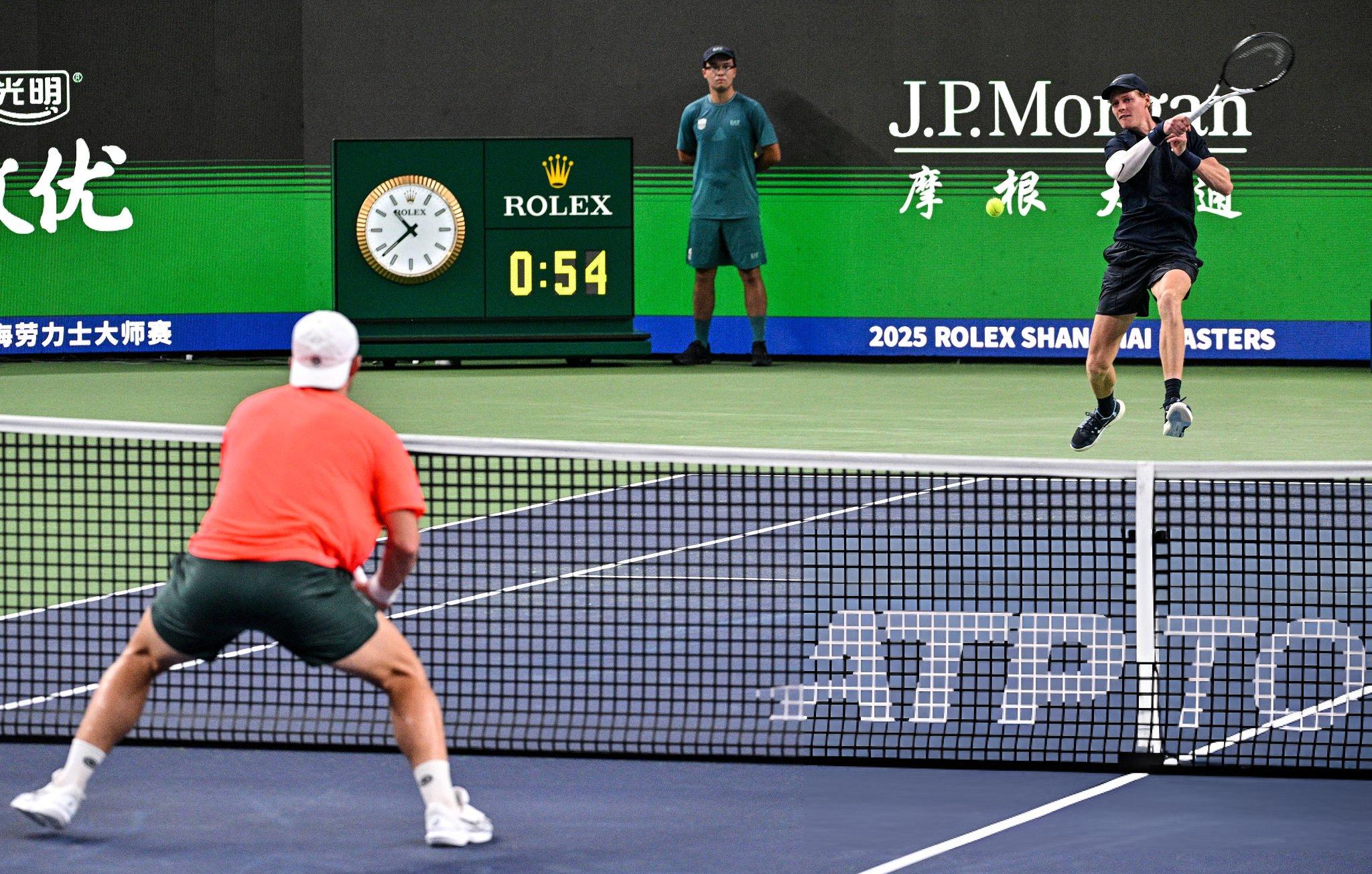
The match between Sinner and Tallon Griekspoor ran hot from the opening games. Rallies were long; seizing the initiative required not one strike but a series. Sinner still took the first set: he held serve cleanly, squeezed his opponent in the tie-break, and moved ahead. In the second set at 4–3, Sinner had a chance for a pivotal break, but on break points Griekspoor produced his best: pinpoint first serves, an aggressive first strike — and the danger was defused. That gritty stretch let Tallon shift the pressure to the other side of the net and level the match at one set apiece.
Early Warning Signs: From a Knee Scare to Cramps
The end of the second set hinted something was wrong with Sinner’s body: his movements got shorter, his steps more cautious, and it felt as if the knee was “pulling.” After dropping the set, the Italian took a long bathroom break, trying to suppress the growing discomfort and reboot his focus. But relief never came.
The Third Set That Never Happened: Cramps Put a Stop to It
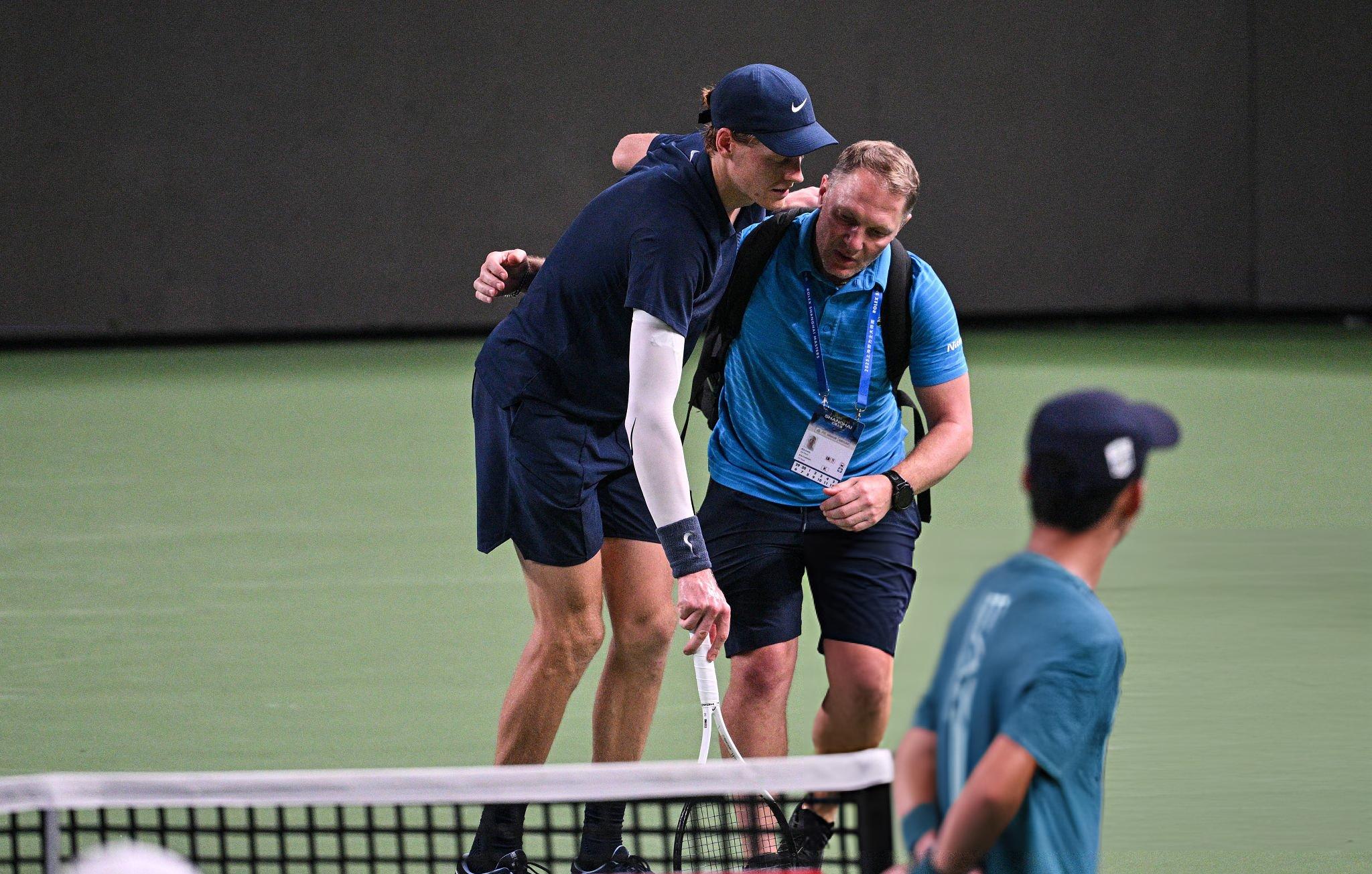
At the start of the deciding set things deteriorated sharply. At 1–2 on Griekspoor’s serve, Jannik was visibly limping and struggled to cover the court on defense. By 2–2 it was clear that even the basic mechanic — pushing off the legs on serve — came through pain. After losing his service game, Sinner barely made it to the bench; the medical team tried to loosen the cramping leg, but the muscles wouldn’t release. A brief attempt to resume on return ended immediately: he couldn’t hold the ready position — and had to retire. The former champion was helped off the court — a stark sign of how ruthless the conditions proved.
Tournament Math and a New Balance of Favorites
This retirement proved costly in ranking terms: because last year’s title wasn’t defended, Sinner drops 950 points. Even so, his No. 2 position remains safe — there’s no immediate threat from the nearest chasers. The Shanghai draw, however, reshaped instantly: the opening makes Novak Djokovic the leading title contender — experience, tempo adaptation, and the knack for managing conditions fit this tournament perfectly.
Lesson of the Day: Not Only the Racket Wins, the Body Does Too
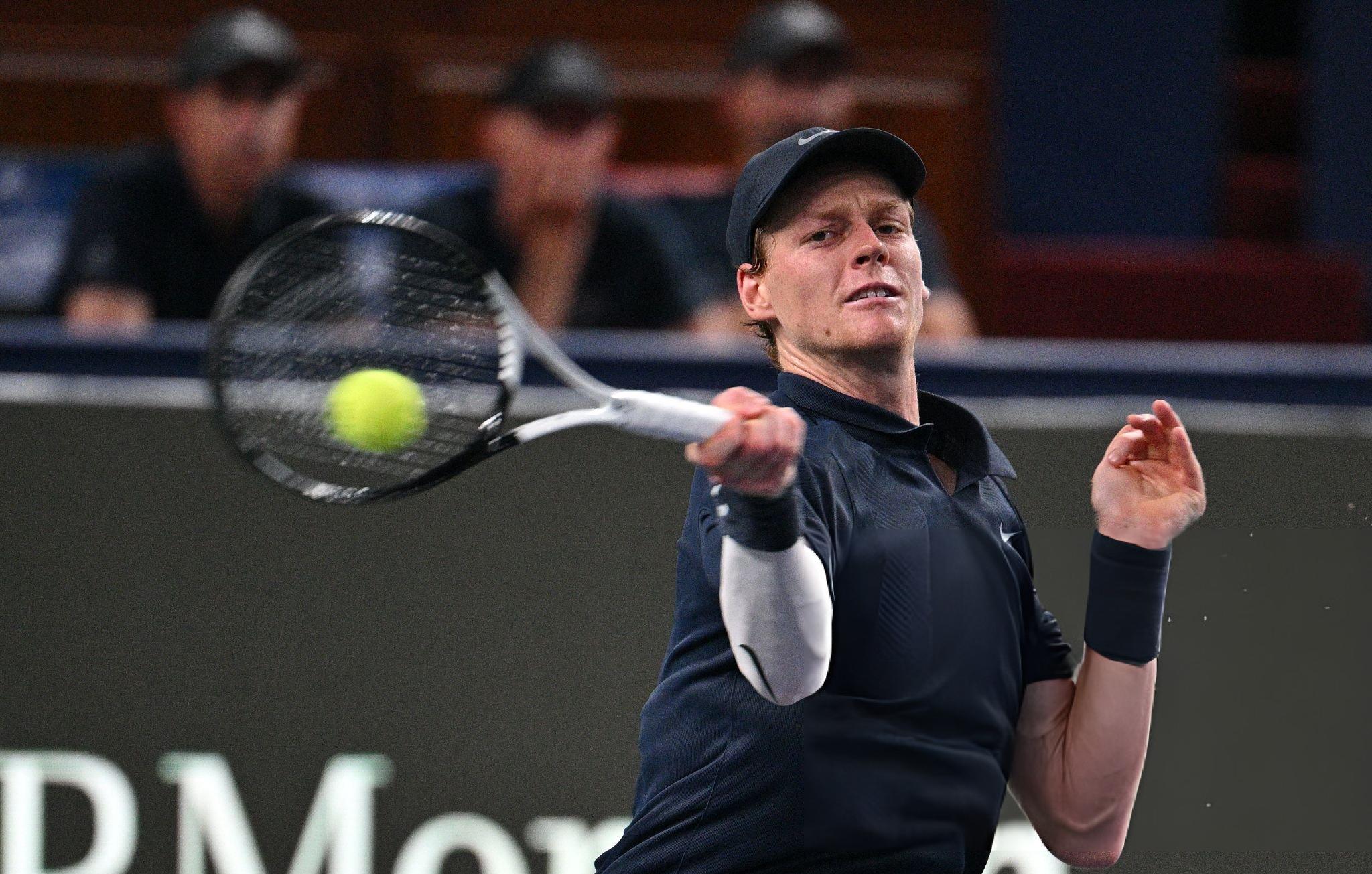
Shanghai offered a clear reminder: on the ATP Tour, more and more it’s the body’s resources — hydration, recovery, and the ability to sustain a high workload in harsh conditions — that decide outcomes. Griekspoor passed the test of body and mind; Sinner fell victim to cramps. And while the humid metropolis keeps “boiling” the field, the edge will belong to those who economize their steps, play the big points cold-bloodedly, and keep their muscles working through the last rally.

